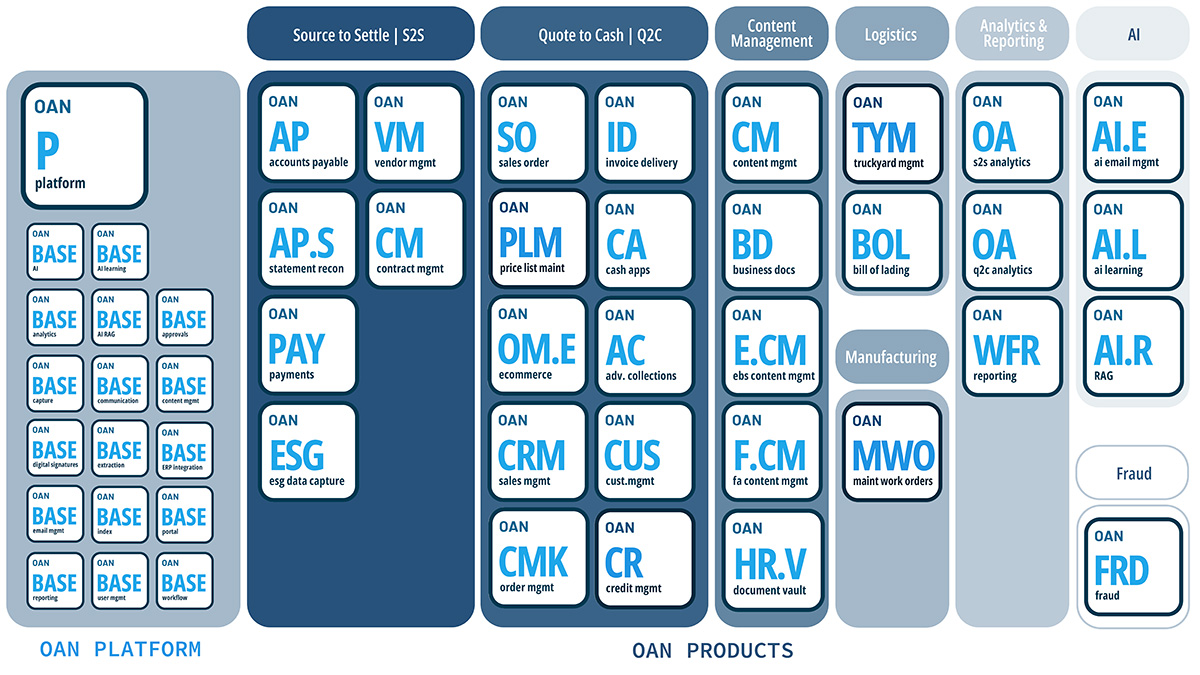Automating Environmental, Social, and Governance (ESG) reporting is becoming an essential strategy for companies committed to sustainability. By automating the ESG reporting process, businesses can streamline data collection, improve accuracy, and ensure timely dissemination of information. Automation helps integrate sustainability into the core business processes, making it a critical component of operational strategy.
The shift towards automation in ESG reporting addresses the increasing complexity and volume of data required by regulators and stakeholders. This transformation enhances efficiency and helps companies maintain compliance and improve their sustainability credentials in the eyes of investors and customers.
Assessing Your Current ESG Reporting Process
Before implementing automation, it’s crucial to assess the existing ESG reporting processes thoroughly. Identify the areas where manual processes contribute to inefficiencies or inaccuracies. Understanding the current workflow helps pinpoint the specific automation needs and sets clear objectives for the transition.
This assessment should also include reviewing the tools and technologies currently in use. Evaluate whether these can be integrated with new automation solutions or if a complete overhaul is necessary. This initial review will guide the selection of appropriate automation tools that align with the company’s ESG goals.
Selecting the Right Automation Tools
Choosing the right tools is pivotal for successful automation. Look for software that can integrate seamlessly with existing systems and supports specific standards and frameworks relevant to your industry, such as GRI, SASB, or TCFD. The tools should be scalable to accommodate future growth and flexible enough to adapt to changing regulatory requirements.
Additionally, consider the software’s user-friendliness. It should be accessible to all relevant employees to ensure widespread adoption and effective use. Training and support from the software provider are also crucial to helping your team make the most of the automation tools.
Implementing ESG Automation Software
Implementation starts with a detailed plan that outlines key milestones, responsibilities, and timelines. Collaboration across departments is essential to ensure the software integrates well with all facets of the business. This phase often involves customizing the software to meet specific reporting needs and ensure it captures all relevant data.
Pilot testing the software with a small team before a full rollout can help identify any issues early in the process. Feedback from these initial users is invaluable for making necessary adjustments and effectively training the wider team. A successful pilot test paves the way for a smoother company-wide implementation.
Data Integration and Consolidation
Automation requires consolidating data from various sources into a single, centralized system. This step is crucial for ensuring the data is consistent, complete, and ready for analysis. Automated data integration helps eliminate silos and discrepancies that can affect ESG reporting accuracy.
The integration process may involve setting up data feeds from internal systems and external sources. Ensuring these feeds are secure and reliable is vital to maintaining the integrity of the ESG data. This consolidation makes monitoring, reporting on, and analyzing sustainability performance across the organization more manageable.
Training and Support for Staff
Once the automation tools are in place, comprehensive staff training programs are essential. Employees need to understand how to use the new systems effectively to ensure the data is used correctly and that ESG reporting processes are followed accurately. Training should cover both the technical aspects of the software and its application in the context of ESG reporting.
Ongoing support and refresher courses can help address any subsequent issues and keep staff updated on new features or changes in compliance requirements. Investing in staff training is crucial for maximizing the benefits of ESG reporting automation.
Monitoring and Optimizing the Automated Process
After implementation, continuously monitor the automated processes to ensure they work as intended. Regular audits and checks can help identify any discrepancies or areas for improvement. Monitoring also provides insights into the effectiveness of the automation, allowing for ongoing optimization of the system.
Feedback from users should be actively sought and used to fine-tune the automation tools. This iterative process helps maintain the relevance and efficiency of the ESG reporting system, ensuring it meets the evolving needs of the company and its stakeholders.
Scaling and Expanding Automation Efforts
As the company grows and ESG reporting requirements evolve, the automation system may need to scale. Review the system periodically to ensure it can handle increased data volumes and additional reporting criteria. Scaling might involve upgrading software, integrating additional modules, or adopting new technologies.
Furthermore, as automation’s benefits become apparent, there may be opportunities to expand these efforts into other areas of sustainability and corporate reporting. Broadening automation’s scope can further enhance operational efficiencies and strengthen the company’s commitment to sustainability.
Optimizing Reporting Timelines with Automation
Automation dramatically enhances the timeliness of ESG reporting. By automating data collection and processing, companies can significantly reduce the time required to prepare and publish ESG reports. This efficiency is crucial when dealing with tight deadlines and regulatory windows that require timely submissions.
Automated systems can continuously gather and update data, ensuring that reports reflect current information. This real-time reporting capability allows companies to remain agile, responding quickly to emerging trends or issues as they develop. Moreover, automation enables more frequent reporting cycles, allowing businesses to keep stakeholders regularly informed and engaged. This increased frequency and timeliness boost transparency and demonstrate a company’s ongoing commitment to sustainability efforts.
Conclusion: Enhancing ESG Reporting Through Automation
Automating ESG reporting is a transformative step for any organization aiming to improve its sustainability efforts. Through careful planning, selection of the right tools, and ongoing management, automation can significantly enhance the efficiency, accuracy, and scalability of ESG reporting. This supports compliance, improves stakeholder communication, and drives better decision-making for sustainable growth. As companies continue to face increasing scrutiny over their environmental and social impacts, automation will be crucial in ensuring they can meet these challenges effectively and transparently.

